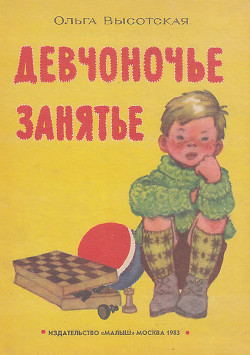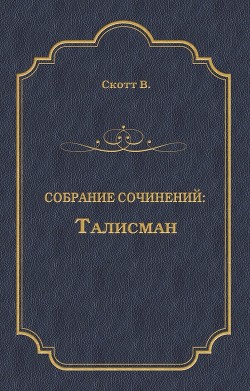When Bela Bartok died in September of 1945, he left a partially completed viola concerto commissioned by the virtuoso violist William Primrose. Yet, while no definitive version of the work exists, this concerto has become arguably the most-performed viola concerto in the world. The story of how the concerto came to be, from its commissioning by Primrose to its first performance to the several completions that are performed today is told here in Bartoks Viola Concerto:The Remarkable Story of His Swansong. After Bartoks death, his family asked the composers friend Tibor Serly to look over the sketches of the concerto and to prepare it for publication. While a draft was ready, it took Serly years to assemble the sketches into a complete piece. In 1949, Primrose finally unveiled it, at a premiere performance with the Minneapolis Symphony Orchestra. For almost half a century, the Serly version enjoyed great popularity among the viola community, even while it faced charges of inauthenticity. In the 1990s, several revisions appeared and, in 1995, the composers son, Peter Bartok, released a revision, opening the way or an intensified debate on the authenticity of the multiple versions. This debate continues as violists and Bartok scholars seek the definitive version of this final work of Hungarys greatest composer. Bartoks Viola Concerto tells the story of the genesis and completion of Bartoks viola concerto, its reception over the second half of the twentieth century, its revisions, and future possibilities.




















